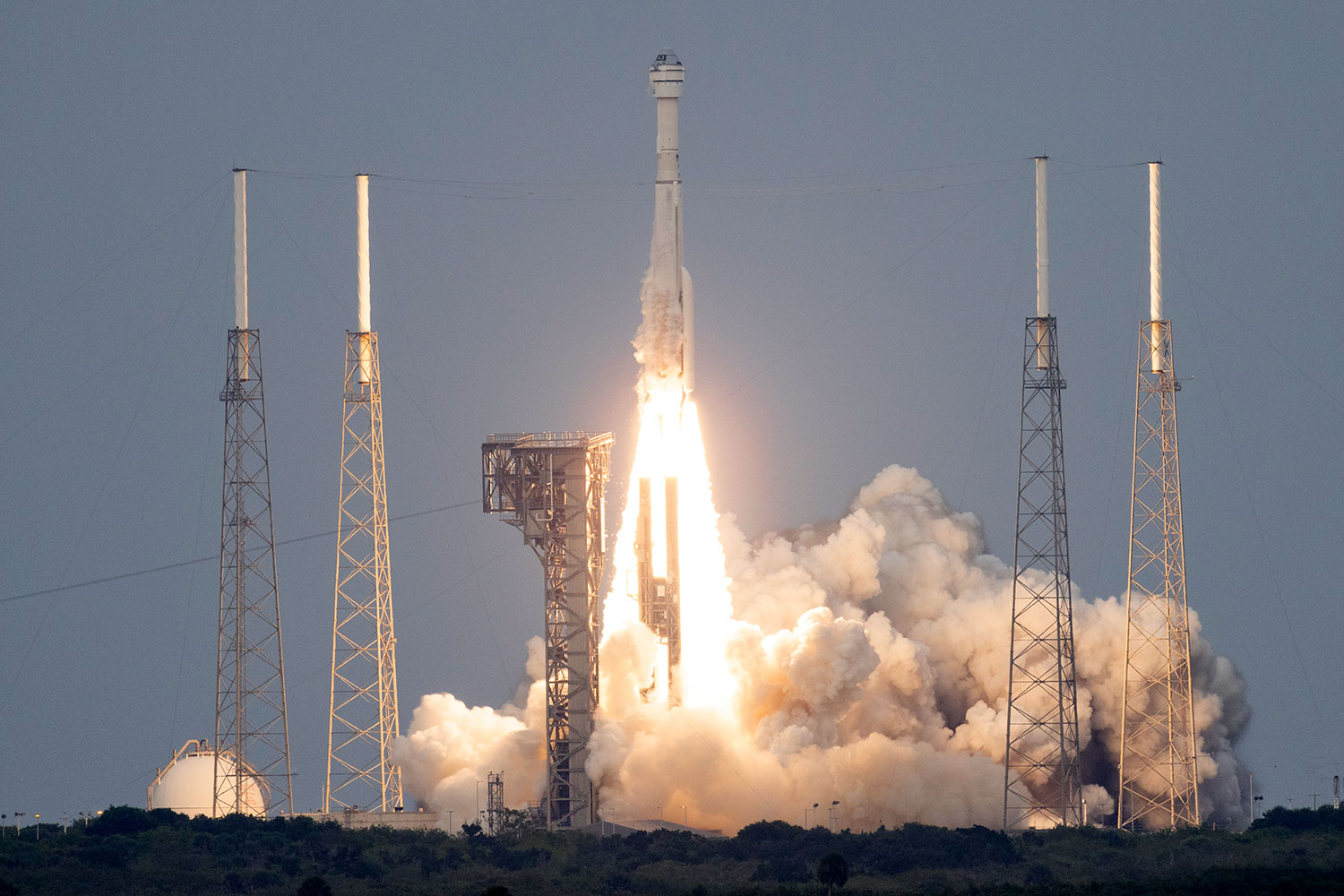
Almost two and half years after the first launch, which was not successful, Boeing’s new passenger spacecraft, the CST-100 Starliner, successfully reached Earth orbit today. The uncrewed passenger spacecraft was launched from the Cape Canaveral Space Force Station in Florida atop a United Launch Alliance Atlas V rocket.
The mission, known as Orbital Flight Test-2 (OFT-2), is aimed at testing the end-to-end capabilities of the crew-capable system as NASA looks for an alternative to SpaceX’s Crew Dragon spacecraft. Following an orbital insertion burn 31 minutes later, the Starliner was on its way for a rendezvous and docking with the International Space Station for the first time ever. The successful launch marks the beginning of a crucial test flight for Starliner that will play out over the next week in space.
Boeing attempted the same the uncrewed Boeing Starliner Orbital Flight Test back in December 2019, but that mission – called OFT – suffered a series of software glitches, which sent the capsule into the wrong orbit. The capsule never made it to the Space Station, and the company had to bring Starliner home early. NASA allowed Boeing a repeat test flight, which was to launch in August 2021 but was scrubbed before launch due to inoperable valves in the propulsion system.
For the present flight test, Starliner is carrying about 500 pounds of NASA cargo and crew supplies and more than 300 pounds of Boeing cargo to the ISS. Like its previous missions, the OFT-2 is also uncrewed, but later flights will carry astronauts. Riding onboard the flight is a mannequin named Rosie the Rocketeer, as well as sensors helping to collect valuable data towards NASA certifying Boeing’s crew transportation system for regular flights with astronauts to and from the space station.
Following certification, NASA missions aboard Starliner will carry up to four crew members to the station, enabling the continued expansion of the crew and increasing the amount of science and research that can be performed aboard the orbiting laboratory.
“We’ve learned a lot about the capability of our spacecraft and the resilience of our team since the first Starliner launch,” said Mark Nappi, vice president, and program manager, Boeing Commercial Crew Program. “We still have a lot of operational testing ahead as we prepare to rendezvous with the space station, but we’re ready to demonstrate the system we’ve worked so hard on is capable of carrying astronauts to space.”
Starliner is scheduled to depart the space station on May 25, when it will unlock and return to Earth, with a desert landing in the western U.S. The spacecraft will return with more than 600 pounds of cargo, including Nitrogen Oxygen Recharge System reusable tanks that provide breathable air to station crew members. The tanks will be refurbished on Earth and sent back to the station on a future flight.
Boeing’s CST-100 Starliner is in orbit, heading for the ISS
Source: Tambay News

0 Comments